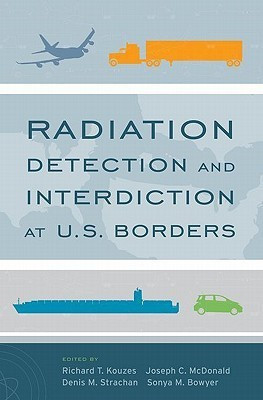Radiation Detection and Interdiction at U.S. Borders(English, Hardcover, unknown)
Quick Overview
Product Price Comparison
U.S. Customs and Border Protection (CBP) is the law enforcement entity within the U.S. Department of Homeland Security with primary responsibility for interdiction of nuclear and radiological threats at U.S. borders. In early 2002, as part of its response to the events of September 11, 2001 and the heightened threat of nuclear terrorism, CBP created the Radiation Portal Monitor Project to deploy radiation detection technologies at all ports of entry around the U.S. Since that time, well over 1,000 radiation portal monitors have been deployed to screen the vast majority of commerce, vehicles and people entering the country for potential radiological threats. International efforts have simultaneously strengthened the detection capability for world commerce. Radiological threats of most concern include acquired or stolen weapons, improvised nuclear devices, special nuclear material for weapons construction, including plutonium and highly enriched uranium, and material or assemblies for radiological dispersal devices (also known as "dirty bombs").All of these radiological threats produce gamma or photon radiation, while plutonium, unique in its role as part of a weapon of mass destruction, also emits neutron radiation. This book brings together a wide range of technical information on radiation detection and interdiction methods as applied to the nuclear and other radiological materials at borders. The basics of radiation detection are introduced, along with the deployment strategy used to optimize the effectiveness of the available technology for the interdiction mission. The approach taken by CBP and the Pacific Northwest National Laboratory in deploying equipment and establishing operational procedures to effectively interdict nuclear and other radiological threats is described. The importance of human factors for the success of interdiction is presented, as is the capabilities of some of the technologies currently under development for potential future improvements in interdiction.


